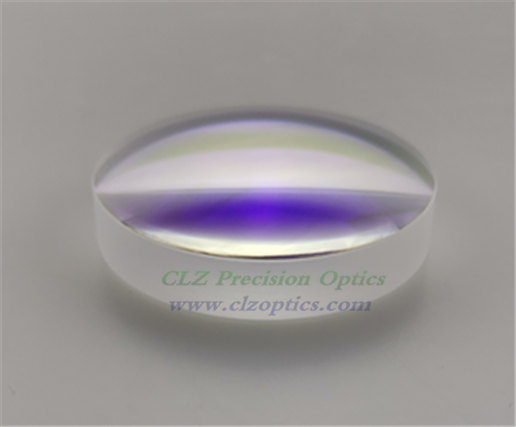Differences between Plano-Concave and Plano-Convex Lenses
Lenses are a crucial component in various optical devices, including cameras, telescopes, and microscopes. They manipulate light and help to focus it onto a specific point, allowing for clear and precise imaging. Two of the most commonly used lenses are plano-concave and plano-convex lenses. This article will explain what these lenses are, their applications, and the differences between them.

Plano-concave lenses have one flat surface and one concave surface. The curved surface curves inwards, causing the lens to diverge incoming light rays. This divergence results in a virtual image formed behind the lens. Plano-concave lenses are commonly used in optical systems where the primary goal is to reduce the image size or produce a virtual image. They are used in microscopes, telescopes, and projectors to magnify and reduce image size.
Plano-convex lenses, on the other hand, have one flat surface and one convex surface. The convex surface curves outwards, causing the lens to converge incoming light rays. This convergence results in a real image formed in front of the lens. Plano- Convex lenses are commonly used in optical systems where the primary goal is to produce a magnified image or to focus light onto a specific point. They are used in cameras, telescopes, and microscopes to magnify and focus the image.
Both Plano-CONCAVE and Plano-Convex Lenses Have Unique Characteristics that Make Them Suitable Applications. Plano-Concave Lens are often use I n Combining with Plano-Convex Lensses to Create A DiverGing Lens System. image size needs to be reduced, or a virtual image is needed. Plano-concave lenses are also used in lighting applications, such as in headlights, where the lens helps to direct and diffuse the light.
Plano-convex lenses, on the other hand, are often used in combination with other lenses to create a converging lens system. These systems are useful in situations where the desired image needs to be magnified, or light needs to be focused onto a specific point . Plano-convex lenses are also used in the production of laser optics, where the lens helps to shape and focus the laser beam.
One of the significant differences between plano-concave and plano-convex lenses is the way they manipulate light rays. Plano-concave lenses diverge incoming light rays, while plano-convex lenses converge them. This divergence or convergence is what creates the virtual or real image. Another difference between these lenses is their focal length. Plano-convex lenses have a shorter focal length than plano-concave lenses. This difference in focal length is what enables plano-convex lenses to produce magnified images.
In conclusion, plano-concave and plano-convex lenses are essential components of optical systems, and their unique characteristics make them suitable for specific applications. Understanding the differences between these lenses and their applications can help in choosing the right lens for a particular optical system . Plano-concave lenses are useful in reducing image size and producing virtual images, while plano-convex lenses are useful in magnifying images and focusing light onto a specific point. Both lenses are crucial in the field of optics lens and have endless applications in vari ous industries .
评论
发表评论